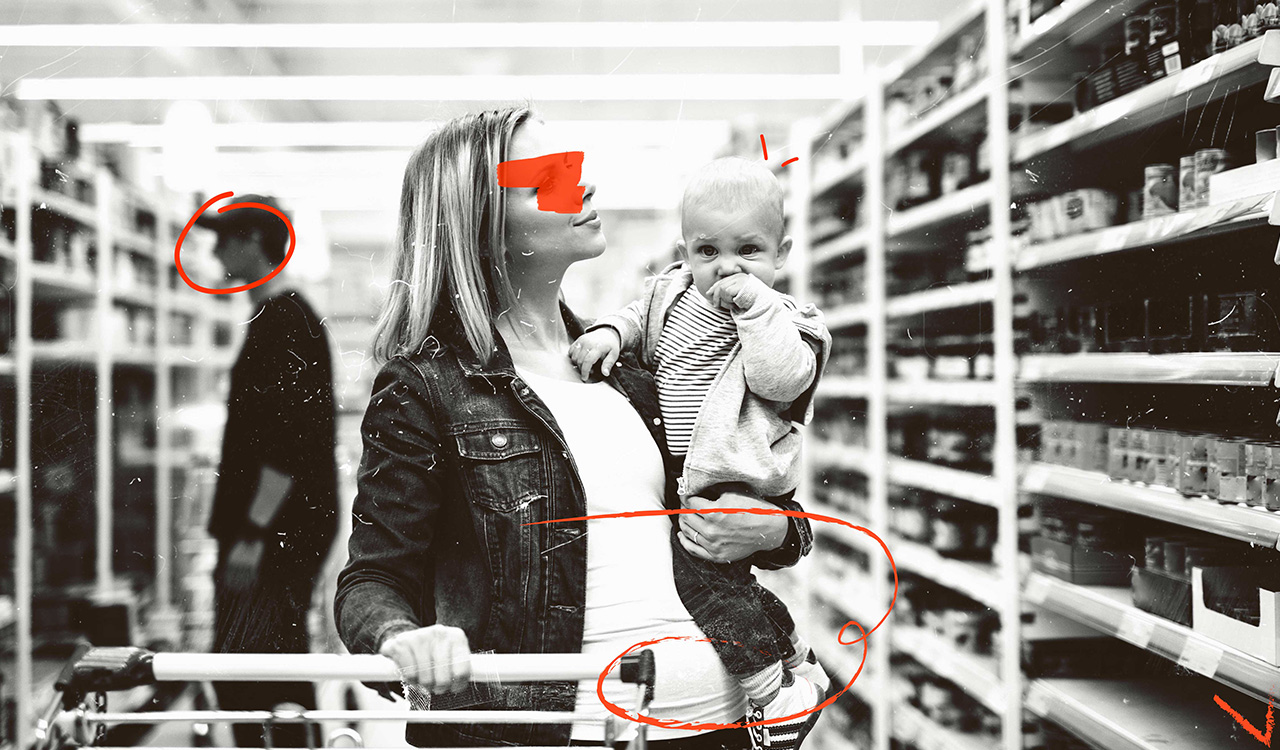It’s no coincidence that people have a love affair with cooking shows, and I’m certainly no exception. Whether I’m scrolling through Netflix, Hulu, FuboTV, or even the Travel Channel, a wide variety of chefs are ready to take viewers on a journey from individual ingredients to the finished dish. But it’s not the game-changing tips and tricks and generous servings of comfort and sophistication that grab our attention – it’s the entire cooking experience.
[callout] The pandemic has unquestionably brought a host of new developments that could last a while – especially for fashion. As a result, executives have no choice but to pull back the lens on their store experience and take a clear-eyed approach to compel consumers to incorporate the brand into their daily lives.[/callout]
Watching these shows got me thinking about the overall fashion retail experience. From a small one-bedroom apartment in New York City to a Michelin-star restaurant, chefs everywhere are revising the rules of a great dining experience to revitalize their business. Could the lessons that restauranteurs have learned along the way help retailers rethink their online and physical store experiences?
Lesson #1: Include Convenience in the Experience
As the pandemic continues to ease despite some isolated outbreaks, consumers are beginning to go out more and look for new and exciting experiences after spending months at home. But this doesn’t mean that the newly discovered convenience of same-day delivery, curbside pickup, and buy online pick up in the store is going away anytime soon.
Consumers want retail brands to know them, so they don’t have to repeat their needs and preferences during every visit. But more importantly, they need swift and effortless experiences, especially when living a full schedule.
Retailers must combine convenience with experience to respond to consumer expectations. This includes identifying shoppers when they enter the store, knowing which items they purchased in the past, and having visibility into their online research.
Lesson #2: Offer an Atmosphere of Personalization
Appointment scheduling plays a critical role in creating a balance between convenience and experience. Just think of the possibilities of ensuring that upon arrival every shopper can access a fitting room full of current sizes, preferred colors, and desired designs.
These subtle touches can make consumers feel welcomed, appreciated, and, above all, understood. But they can also help retailers streamline the shopping process to keep people safe, develop an ambiance of personalization, and use data in ways that secure consumer privacy.
Lesson #3: Make Every Interaction Special
To put an exclamation point on an experience, restauranteurs have learned the power of unique promotions that can easily translate into the retail world. For example, special shopping times, art and wine events, gift-wrapping or steaming services, and tailored delivery options can satisfy a growing appetite for different and exciting experiences.
Such events and offerings allow retailers to survey their consumers and capture additional data that can help pinpoint what individual shoppers want and expect. And when that information is applied to help ensure every visitor feels like a VIP, increased brand loyalty and share of wallet will surely follow.
Lesson #4: Enlightened Hospitality
Danny Meyer, the visionary behind Union Square Café and Shake Shack, can be an inspiration to all fashion retailers. He changed up the traditional hierarchy that places the customer first, with a philosophy he calls “enlightened hospitality.” He believes that to make guests happy a business has first to make employees happy. In counter trend to the “holy grail,” the customer is always right, Meyer says the best way to ensure a great customer experience is to put your employees first. His belief is that “employees cannot outperform in front of customers if they don\’t feel good about themselves. And if that doesn\’t happen, how can your business outperform before your investors?” According to Meyer, “49 percent of customer experience comes down to food,” in retail terms, the merchandise and ambience. “But the other 51 percent is made up of thoughtful things you do. It has to be a combination of both great service and acts of thoughtfulness,” he says. This virtuous cycle works and can be at the top of every retailer’s list for delivering meaningful customer service
Stretching Experiences to Meet Shifting Realities
The pandemic has unquestionably brought a host of new developments that could last a while – especially for fashion. As a result, executives have no choice but to pull back the lens on their store experience and take a clear-eyed approach to compel consumers to incorporate the brand into their daily lives.
No other industry has accomplished this task as well as restaurants. With convenience and transparency, they ensure their menus are services are top of mind for their customers today. And retailers can certainly achieve the same edge by creating a more personalized experience that benefits themselves and their consumers



